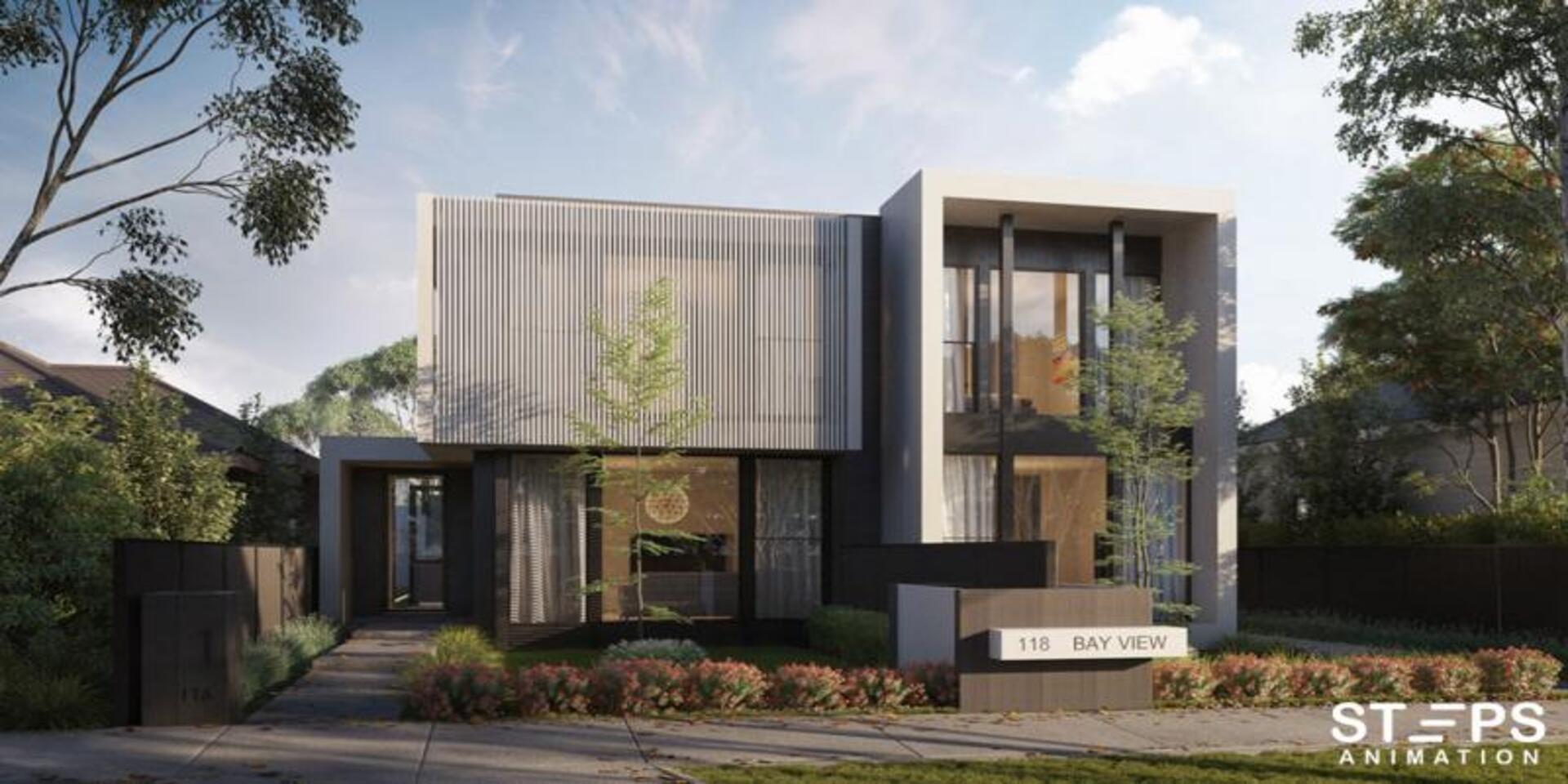Being authentic is the key to the collection you own. Avoid following trends. Don't let trends define you; instead, take control of who you are and what you want to communicate through your appearance and manner of life.
To satisfy the expectations of a society that is becoming more knowledgeable and concerned, design sensibilities and best practices are continually changing. Sustainable, energy-efficient, and visually cutting-edge structures are essential in the modern world. But without the right tools in place, even the best-laid plans cannot succeed. The breakdown of five cutting-edge materials for new and adaptive reuse architectural projects that follows can be of assistance in this regard.
1 Glass Partitions:
The open interior concept has become extremely popular in recent years, and for good reason. Less obstructions allow more natural light to enter a space, which lowers the need for artificial lighting and its related electricity expenses. Additionally, open areas foster a sense of cooperation and camaraderie within a setting, giving building visitors a more positive environment.
Unfortunately, the COVID-19 pandemic made an appearance and somewhat derailed this design idea. While the advantages of open interiors are still very much in demand, architects and designers must balance these advantages with the need for privacy and socially distant areas.
Worry not, if you’re still interested in having a glass partition and are not sure whether it looks good or not, allow us to help you with our services like architectural rendering and 3D services.
So, one of the best products architects can use to get the best of both worlds is glass curtain walls. The structure may leverage the advantages of natural light flow while still ensuring discrete spaces thanks to the transparent qualities of glass partitions. Innovative glass walls are also highly adaptable, enabling architects and designers to readily change the interior of a building without the need for time- and resource-intensive restorations.
2 Cooling Bricks
They aren't much better than cooling bricks in terms of materials that are actually novel. The cooling bricks, which are made of clay and hydrogel, can hold 500 times their weight in water. On hot days, in order to cool down the interior spaces of buildings, the hydrogel releases this moisture. Temperatures may be lowered by as much as 6 degrees Celsius when cooling bricks are used properly. In conjunction with other heat-reduction improvements, cooling bricks can dramatically lower HVAC (heating, ventilation, and air conditioning) use, even though they won't entirely remove all cooling needs on hot summer days.
3 Architectural Facades:
Parking garages and other structures that need to be enclosed while still allowing ventilation are frequently looked at as good candidates for architectural metal grilles. While they are unquestionably wonderful in this sense, adding visual appeal to buildings that could otherwise look dull and functional, there is growing interest in them as a way to give buildings a facelift during building adaptations.
However, adding metal grilles and ornamental panels to building facades offers advantages beyond just appearance. Grilles can help reduce obtrusive streetside traffic and floating debris views while also reducing noise and light transmission. This can help reduce the warming effects of too much direct sunlight while still allowing natural light to flow in regions of a building that are always exposed to the sun.
4 Self Healing Concrete:
Concrete is the material used most frequently in buildings around the world. It offers many advantages that make it a good option for a variety of architectural projects. But it's also believed that up to $21 billion is spent each year on strengthening, preserving, and repairing concrete.
As a result, self-healing concrete has the potential to transform the construction and design sectors. There are two main ideas, even though the most efficient ways to produce self-healing concrete in large quantities are still being worked out. In the first, damaged concrete is heated using an array of induction coils, which melts it down and enables the concrete to reset back to normal. The alternative idea makes use of a type of self-regenerating bioconcrete. When the bioconcrete breaks down and water is added, infused bacteria consume the calcium lactate to produce limestone, which fills in the fractures.
5 Steel Sliding:
Steel is being made in novel and inventive ways to make it a viable option in modern architectural projects, despite the fact that it is not necessarily a new building material. The long life of metal buildings is a clear benefit of choosing steel over less robust alternatives. It is one of the most sustainable materials on the earth since, with even a little care, it should last as long as you need it and still be in fantastic shape to be used again. Additionally, insulated steel may be used to create some of the world's most energy-efficient structures thanks to the material's inherent reflecting qualities.
Building Projects Benefit from Innovative Materials
One of the industries that is most adaptable and always changing is construction and design. It's crucial to have the right tools available to carry out the newest ideas if you want to keep up with the times. In light of this, the five most cutting-edge materials you may use for contemporary architectural projects are steel siding, glass partitions, cooling bricks, and architectural facades.
We’re here to hear you out. Give us a call and let us know your dream renovations. We, as a growing team, will be there to adhere to all your needs. Come at Steps Animation and renovate your dreams with us.
Read More On 3d architectural visualization cost

